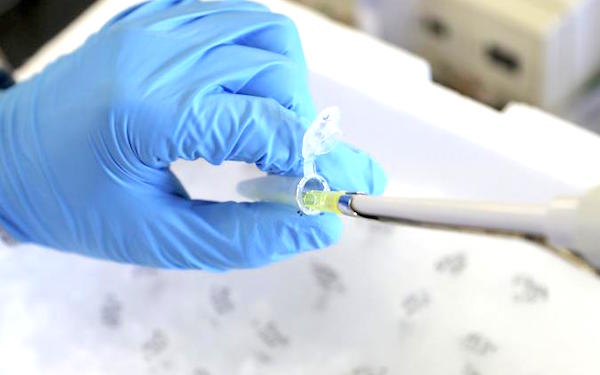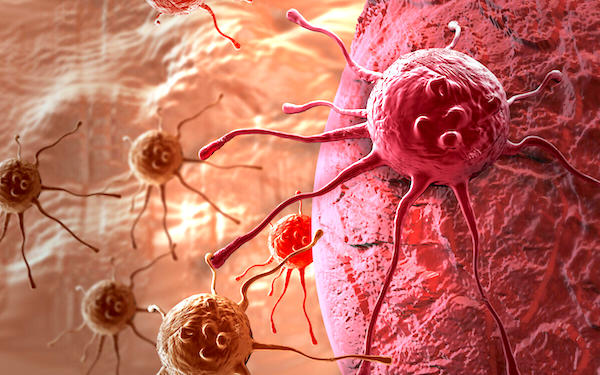Cancer’s Achilles heel is a new method developed by researchers to design an effective personalized treatment. The cancer study was published on March 3 in the journal Science, which explains that researchers hope to test it in two years’ time, according to BBC.
Researchers from MIT, Harvard University and University College London have found a way to locate unique markings within a cancerous tumor that they believe could allow the body’s immune system to target the disease.
In the past, efforts at developing vaccines like this — ones that guide the immune system to eradicating tumors — have largely failed. One main reason why is that the malignant cells that make up a given tumor are not identical but in fact heavily mutated and differentiated. Further, they are always changing.
“Many cancers are not standing still but they keep evolving constantly,” Dr. Marco Gerlinger of the Institute of Cancer Research told the BBC. “These are moving targets, which makes it difficult to get them under control.”
However, even as a tumor grows and cancer cells spread through the body, mutating along the way, the cells retain certain shared genetic mutations. The scientists behind the new Cancer’s Achilles heel study found that in two lung-cancer patients they studied, surface proteins in the tumor cell had mutated early on and then appeared in all subsequent cancer cells that developed. These surface proteins, they write, could act as a “flag” in the constitution of a tumor.
“What we’ve found for the first time is that tumors essentially sow the seeds of their own destruction,” Charles Swanton, a cancer expert who led the study, told The Guardian. “And that within tumors, there are immune cells that recognize those flags which are present in every tumor cell.”
Swanton said that his team of researchers found that in some cases the immune system already knew to target malignant cells based on these “flags” but was often too weak to do so. The study presents two routes to a new treatment utilizing these flags to boost that immune response. In one, doctors could perform a genetic analysis on a tumor biopsy in order to determine if there are any of these types of flags present on the tumor’s malignant cells. Then they could look for immune cells inside the tumor that are already targeting cells using those flags, grow those immune cells in a lab and then infuse them back into the patient as a sort of booster shot. In the other, protein flags themselves could be injected into the body in order to rouse the immune system to a stronger and more direct attack.
It remains to be seen whether this Cancer’s Achilles heel approach would work on all cancers; the first human trials will be on lung-cancer patients, Swanton hopes.
“This work is right on the cutting edge,” Swanton said. “The next stage will be to expand the approach to larger cohorts and to use it as part of clinical trials.”











